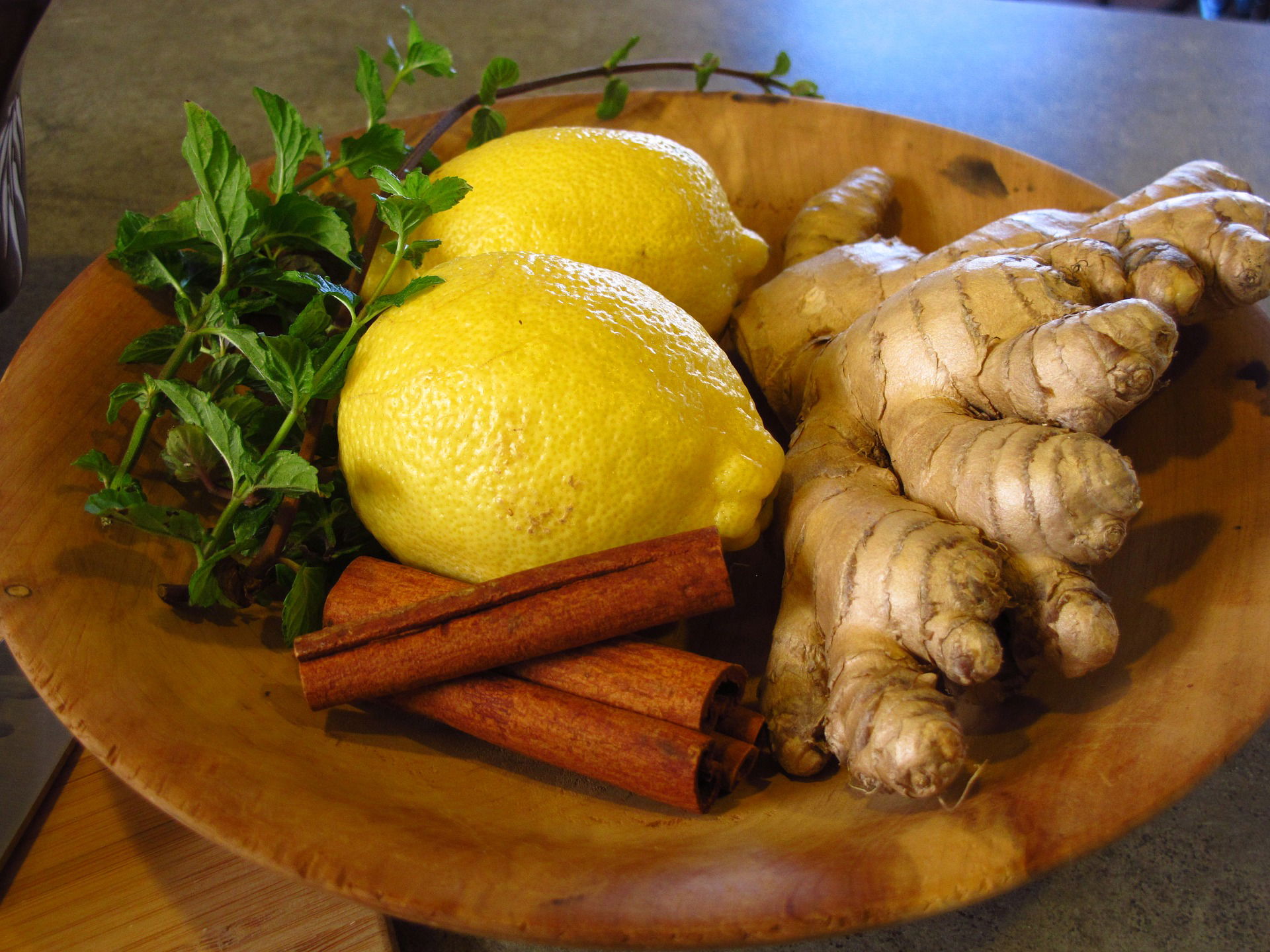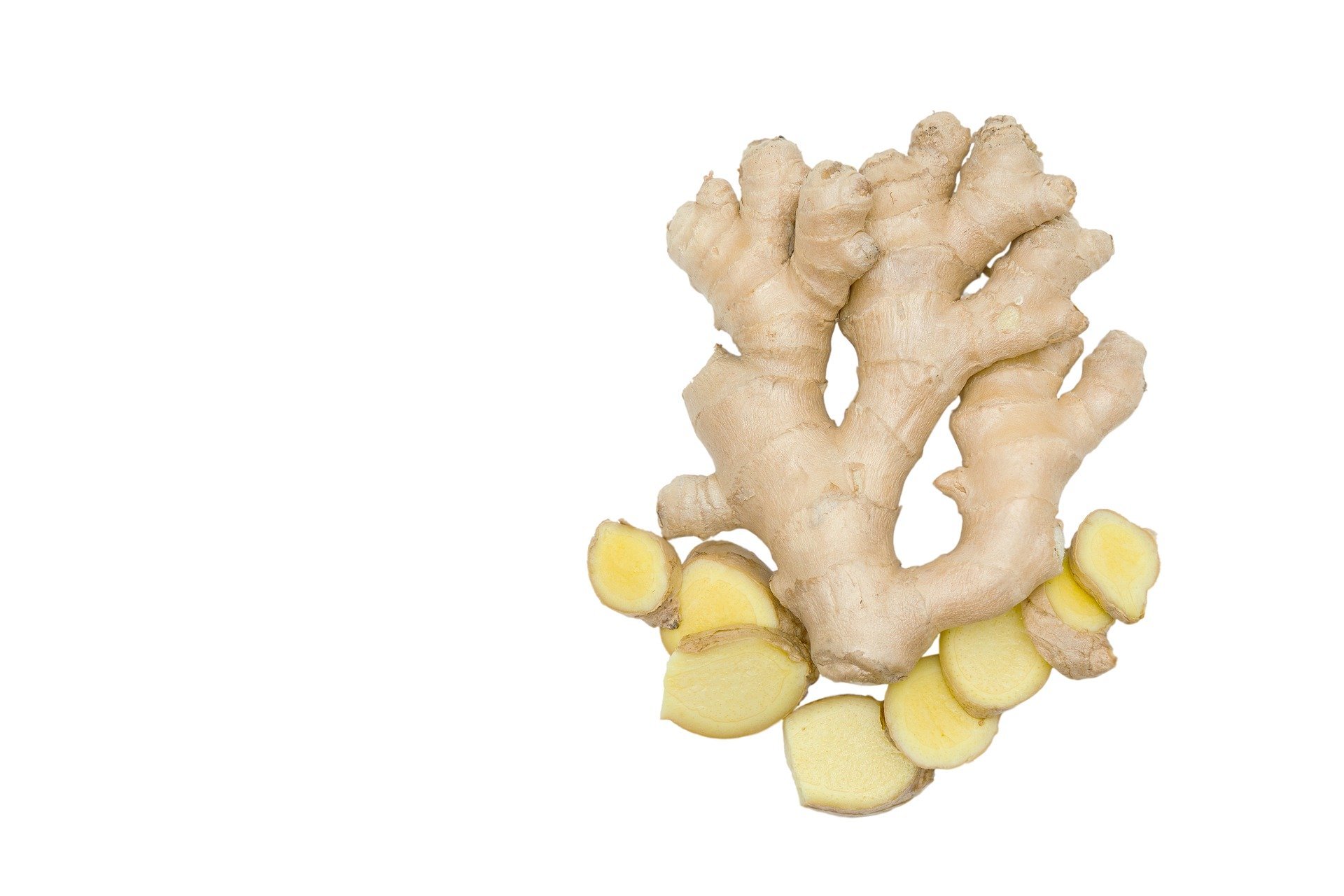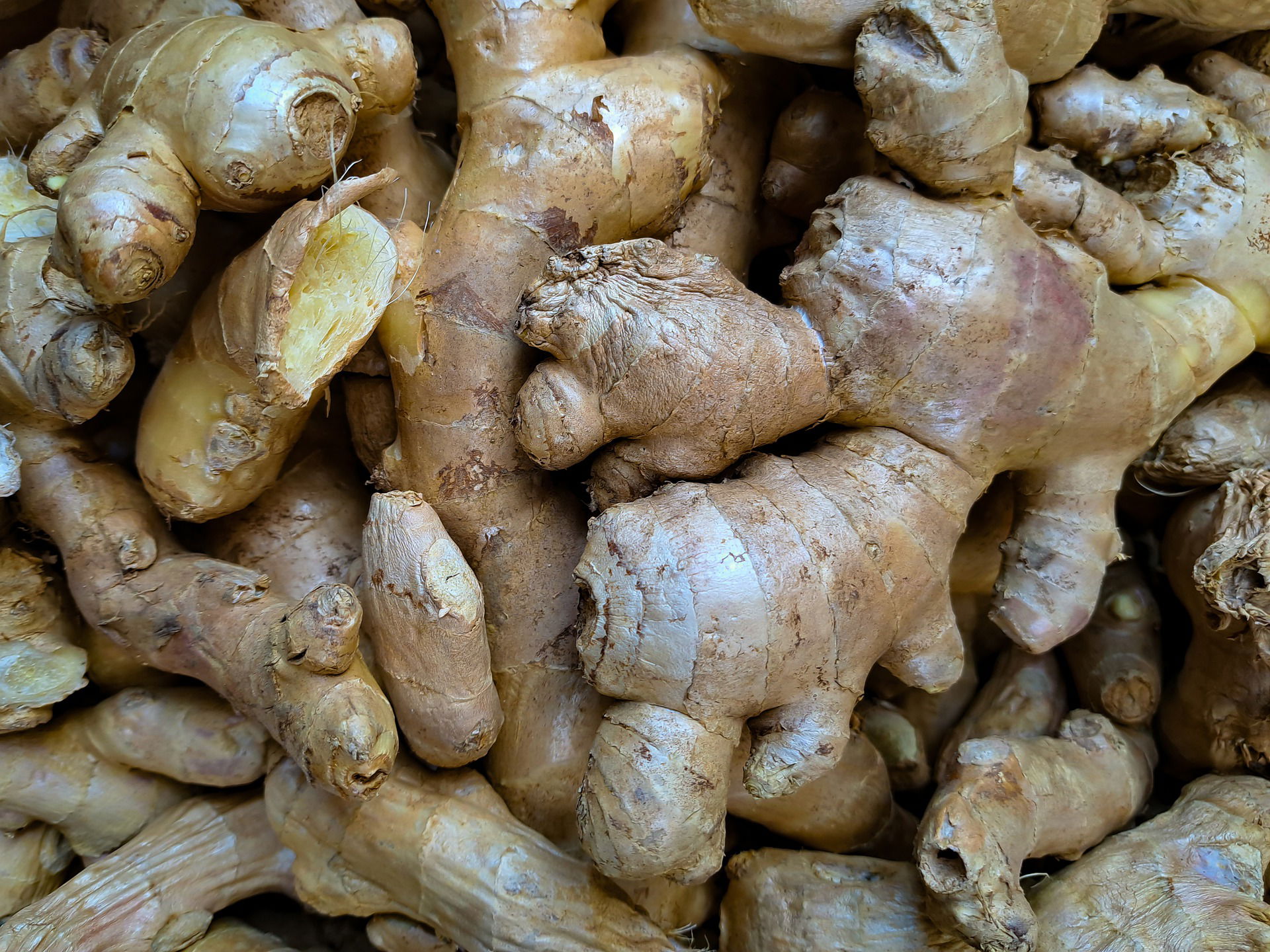Get ready to discover the fascinating world of mother ginger and unlock the secrets of this extraordinary plant.

Introduction to Mother Ginger or Ginger Seed
Mother ginger, also known as ginger seed, is a unique variety of ginger that holds immense significance in various cultures around the world. While ginger is a well-known spice and herbal remedy, mother ginger distinguishes itself with its distinct appearance and culinary and medicinal uses. This article delves into the origins and cultivation of mother ginger, explores its health benefits and nutritional value, examines its versatile culinary applications, uncovers traditional and medicinal uses, provides guidance on growing and harvesting mother ginger at home, offers tips for storing and preserving it, and highlights important precautions and potential side effects. Get ready to discover the fascinating world of mother ginger and unlock the secrets of this extraordinary plant.

1. Introduction to Mother Ginger or Ginger Seed
1.1 What is Mother Ginger?
Mother Ginger, also known as ginger seed or Zingiber officinale, is a plant that belongs to the Zingiberaceae family. It is a popular spice renowned for its distinct aroma and flavor.
1.2 Ginger Seed vs. Mother Ginger
While ginger seed refers to the tiny rhizomes used for planting ginger plants, mother ginger is the mature rhizome that has been allowed to grow for a longer period. Mother ginger is larger and has a more intense flavor compared to ginger seed.
1.3 Importance and Significance of Mother Ginger
Mother ginger plays a crucial role in culinary traditions around the world. Its unique flavor adds a zing to various dishes and beverages. Additionally, it is highly valued for its potential health benefits, making it a sought-after ingredient in natural remedies.

2. Origins and Cultivation of Mother Ginger
2.1 The History of Mother Ginger
The use of ginger can be traced back thousands of years to ancient China and India, where it was treasured for both its culinary and medicinal properties. Over time, its popularity spread to other parts of Asia and eventually reached Europe and the Americas through trade routes.
2.2 Geographic Distribution and Native Regions
Mother ginger is native to Southeast Asia but is now cultivated in various regions with tropical or subtropical climates. It thrives in countries like India, China, Thailand, and Jamaica, where it is an essential part of local cuisines.
2.3 Growing Conditions and Cultivation Methods
Mother ginger prefers well-drained soil and a warm climate. It can be grown both in pots and in the ground, allowing flexibility for cultivation in different regions. The plant requires regular watering and partial shade to flourish, usually taking around 8-10 months to mature.

3. Health Benefits and Nutritional Value of Mother Ginger
3.1 Key Nutrients Found in Mother Ginger
Mother ginger is packed with essential nutrients, including vitamins B6 and C, manganese, potassium, and dietary fiber. It also contains bioactive compounds like gingerol, which contribute to its health benefits.
3.2 Potential Health Benefits of Mother Ginger
Consuming mother ginger has been associated with several health benefits. It may aid in digestion, reduce inflammation, alleviate nausea, boost the immune system, and promote cardiovascular health. However, further scientific research is needed to validate these claims fully.
3.3 Scientific Research and Studies
Numerous scientific studies have explored the potential therapeutic properties of mother ginger. While some studies have shown promising results regarding its anti-inflammatory and antioxidant effects, it is essential to consult with healthcare professionals before relying solely on mother ginger for medical purposes.

4. Culinary Uses of Mother Ginger in Different Cuisines
4.1 Mother Ginger in Asian Cuisine
In Asian cuisine, mother ginger is a staple ingredient used in stir-fries, curries, soups, and marinades. Its pungent and warm flavor adds depth to dishes, while its natural heat gives a delightful kick to various culinary creations.
4.2 Mother Ginger in Western Cuisine
In Western cuisine, mother ginger is often used in baking, especially in making gingerbread, cookies, and cakes. Its unique flavor pairs well with sweet desserts, providing a spicy and aromatic twist.
4.3 Creative and Unique Recipes Using Mother Ginger
Mother ginger's versatility allows for creative recipes beyond traditional uses. It can be incorporated into refreshing beverages like ginger ale or used to add a zesty touch to salad dressings and sauces. The possibilities are endless for those seeking to experiment with this delightful spice. So go ahead, unleash your culinary imagination, and let mother ginger spice up your cooking adventures! Digestive Issues and Stomach Upset

5. Traditional and Medicinal Uses of Mother Ginger
5.1 Traditional Remedies and Folklore
Mother Ginger, also known as ginger seed, has a long history of being used in traditional remedies and folklore. In many cultures, it is believed to have warming properties that can help relieve various ailments. For centuries, it has been used to ease digestive problems, such as nausea and indigestion. It has also been hailed for its anti-inflammatory properties, making it a popular remedy for arthritis and joint pain. Additionally, it has been used as a natural remedy for menstrual cramps and respiratory conditions like coughs and colds.
5.2 Mother Ginger in Ayurveda and Traditional Medicine
In Ayurveda, the ancient Indian system of medicine, mother ginger is highly valued for its therapeutic properties. It is considered a warming spice that promotes digestion and boosts metabolism. Ayurvedic practitioners often prescribe it for digestive disorders, including bloating and flatulence. Mother ginger is also used to alleviate symptoms of respiratory conditions, such as asthma and bronchitis. Its anti-inflammatory properties are believed to help reduce pain and swelling in the body.
5.3 Potential Therapeutic Applications
Research on the potential therapeutic applications of mother ginger is still ongoing, but preliminary studies suggest promising results. Some studies suggest that it may have anti-cancer properties, inhibiting the growth of certain types of cancer cells. It is also being studied for its potential to treat diabetes, as it has shown to improve insulin sensitivity and regulate blood sugar levels. Additionally, its anti-inflammatory effects may have implications in managing chronic inflammatory conditions.

6. Growing and Harvesting Mother Ginger at Home
6.1 Steps to Successfully Grow Mother Ginger
Growing mother ginger at home can be a rewarding experience. To start, you'll need a rhizome, preferably from a reputable nursery. Plant the rhizome in a well-draining pot or directly in the ground, ensuring it is covered with about an inch of soil. The plant requires warm and humid conditions, so place it in a spot with plenty of sunlight or use a greenhouse. Keep the soil moist but not soaked, and within a few weeks, you'll see shoots emerging from the soil.
6.2 Ideal Soil Conditions and Planting Techniques
Mother ginger thrives in fertile, well-draining soil. A mix of garden soil, compost, and sand creates the perfect growing medium. It is best to plant the rhizome horizontally, as this encourages the growth of lateral shoots. Ensure that the planting depth is around 2-3 inches for optimal growth. As the plant grows, provide support for the tall stems to prevent them from toppling over. Regular watering and occasional fertilization will keep the plant healthy and productive.
6.3 Harvesting and Propagation Methods
Mother ginger is typically harvested when the plant reaches maturity, which is usually after 8 to 10 months of growth. The rhizomes are carefully dug up, ensuring minimal damage to the plant. To propagate mother ginger, select healthy rhizomes and cut them into sections, making sure each section has at least one bud. Plant these sections in separate pots or directly in the ground, following the same planting techniques as before. With proper care, your mother ginger plantation can continue to grow and provide a fresh supply of ginger.

7. Tips for Storing and Preserving Mother Ginger
7.1 Proper Storage Techniques for Fresh Mother Ginger
To maximize the shelf life of fresh mother ginger, store it in the refrigerator. Place the ginger in a zipper bag or wrap it tightly in plastic wrap to prevent moisture loss and keep it fresh for up to three weeks. For easy use, consider freezing ginger in small portions, grated or sliced, for longer storage.
7.2 Freezing and Drying Mother Ginger
To freeze mother ginger, peel the rhizome and cut it into small pieces. Place the pieces in an airtight container or freezer bag and store them in the freezer for up to six months. Alternatively, you can dry mother ginger by thinly slicing it and placing the slices on a baking sheet. Dry them in an oven set to low heat until they are completely dehydrated. Store the dried ginger in an airtight container and use as needed.
7.3 Creative Ways to Preserve Mother Ginger
Preserving mother ginger can be a fun and creative endeavor. Consider making ginger-infused oils or vinegars by steeping sliced or grated ginger in your chosen base. You can also create ginger syrup by simmering ginger with water and sugar until it forms a thick, flavorful syrup. Another option is to make ginger powder by grinding dried ginger slices into a fine powder. These preserved forms of mother ginger can be used in cooking, baking, or added to drinks for a delightful ginger kick.

8. Precautions and Potential Side Effects of Mother Ginger
8.1 Allergic Reactions and Sensitivities
While mother ginger is generally considered safe for consumption, some individuals may experience allergic reactions or sensitivities. If you have a known allergy to ginger or other related plants, it is best to avoid mother ginger. Additionally, excessive consumption of ginger may cause mild side effects such as heartburn, diarrhea, or mouth irritation. It is always recommended to consult with a healthcare professional before incorporating large amounts of mother ginger into your diet.
8.2 Digestive Issues and Stomach Upset
Although mother ginger is often used to alleviate digestive problems, it can occasionally cause stomach upset or exacerbate existing gastrointestinal conditions. If you have a history of stomach ulcers, gallstones, or acid reflux, it is advisable to use mother ginger in moderation and monitor your body's response.
8.3 Drug Interactions and Precautions for Certain Groups
Mother ginger may interact with certain medications, including blood thinners and diabetes medications. If you are taking any prescription medication, consult with your healthcare provider before consuming mother ginger to avoid potential drug interactions. Pregnant women and individuals with underlying medical conditions, such as diabetes or bleeding disorders, should also exercise caution and seek medical advice before using mother ginger. In conclusion, mother ginger is a remarkable plant that offers a wide array of benefits and uses. From its rich history and cultivation to its culinary versatility and medicinal properties, mother ginger has captured the attention and admiration of many.
Whether you're interested in incorporating it into your cooking, exploring its traditional remedies, or even growing it in your own garden, mother ginger is a valuable addition to any household. However, it's essential to exercise caution and be aware of any potential allergies or side effects. With proper knowledge and appreciation, mother ginger can truly enhance our lives in numerous ways. Embrace the wonders of this exceptional plant and unlock the full potential of mother ginger.

FAQ
1. Is mother ginger the same as regular ginger?
1.1 Ginger Seed vs. Mother Ginger
Mother ginger and regular ginger are related but are not exactly the same. Mother ginger, also known as ginger seed, is a specific variety of ginger with a distinctive appearance and flavor. It is typically larger, with a paler skin and a milder taste compared to regular ginger. While both have their uses, mother ginger is sought after for its unique qualities and versatility.
2. Can I grow mother ginger at home?
2.1 Steps to Successfully Grow Mother Ginger
Yes, it is possible to grow mother ginger at home. With proper care and attention, you can cultivate this wonderful plant in your garden or even in containers. The key is to provide the right growing conditions, including appropriate soil, adequate sunlight, and regular watering. Following the proper steps for planting, nurturing, and harvesting will increase your chances of success in growing mother ginger at home.
3. What are the health benefits of consuming mother ginger?
3.1 Potential Health Benefits of Mother Ginger
Mother ginger is known for its potential health benefits. It contains various nutrients and bioactive compounds that may have anti-inflammatory, antioxidant, and digestive properties. Consuming mother ginger has been linked to alleviating nausea, reducing inflammation, improving digestion, and boosting the immune system. However, it's always advisable to consult with a healthcare professional before incorporating mother ginger into your diet, especially if you have any underlying medical conditions or are taking medications.
4. How should I store and preserve mother ginger?
To store fresh mother ginger, it's best to wrap it in a paper towel or store it in a breathable bag in the refrigerator. This will help prolong its freshness and prevent it from becoming soft or moldy. If you want to preserve mother ginger for a longer period, you can freeze it or dry it.
Freezing and Drying Mother Ginger
Freezing involves slicing or grating the ginger and placing it in an airtight container in the freezer. Drying can be done by slicing the ginger and letting it dry in a well-ventilated area or using a food dehydrator. Once dried, store it in an airtight container in a cool, dark place.
